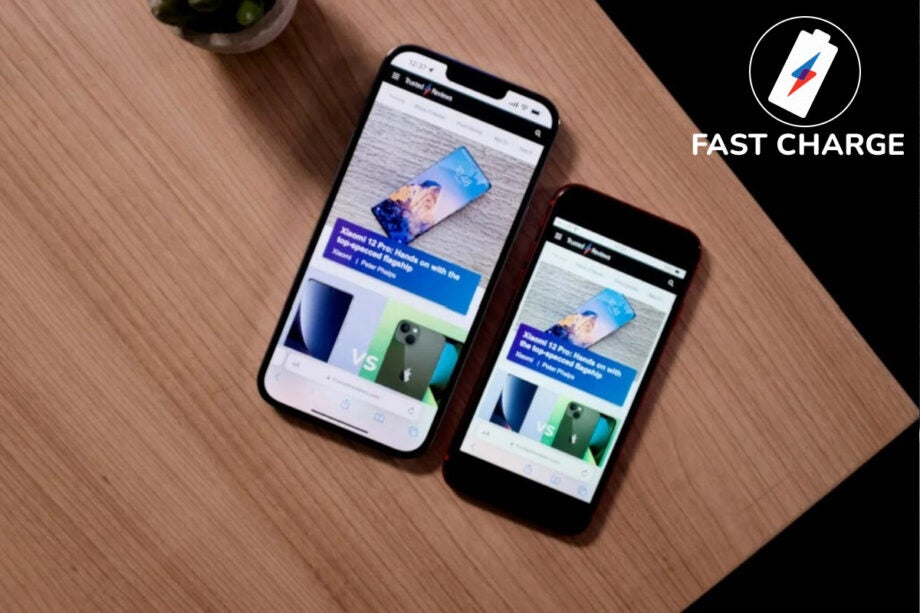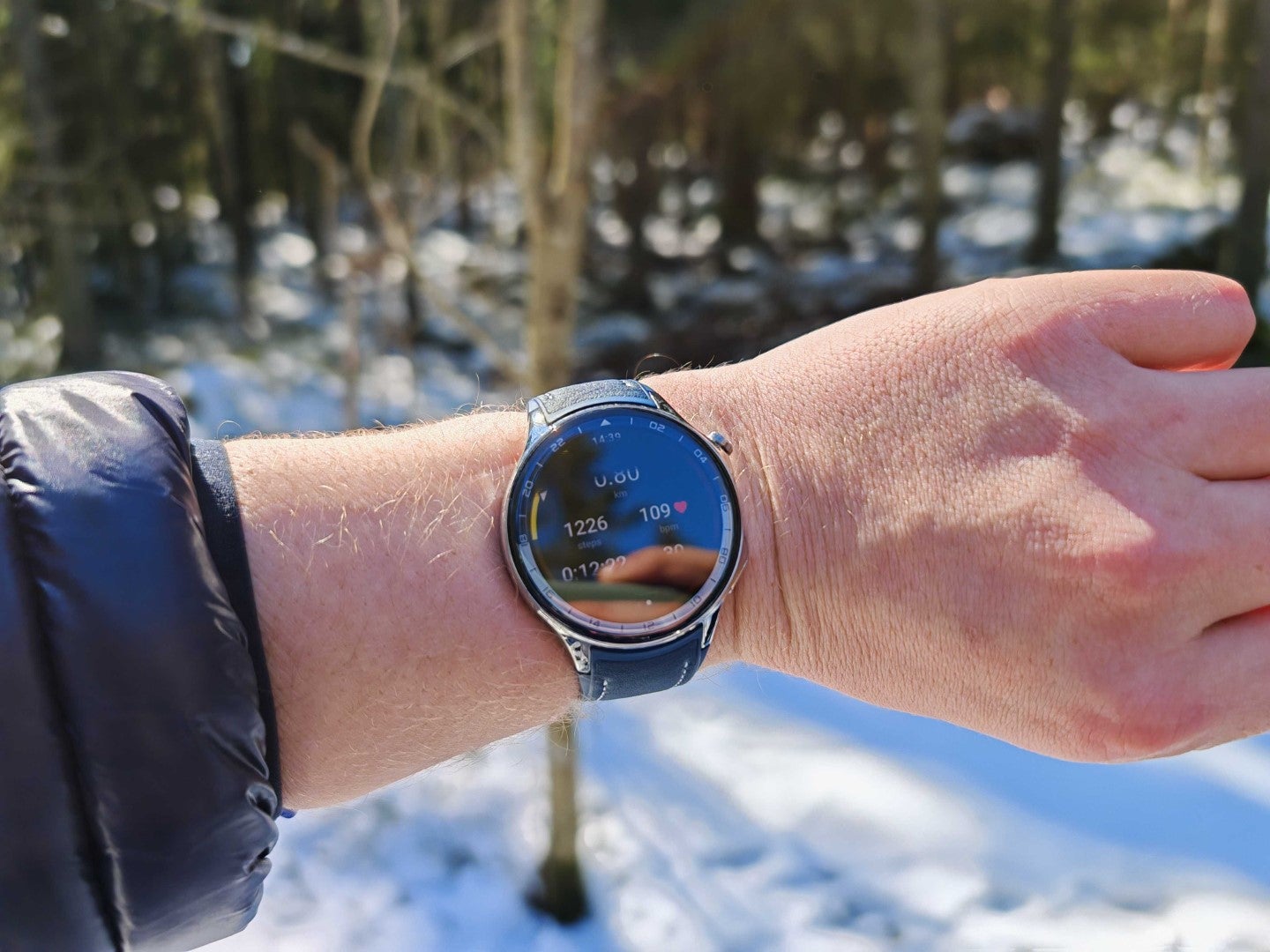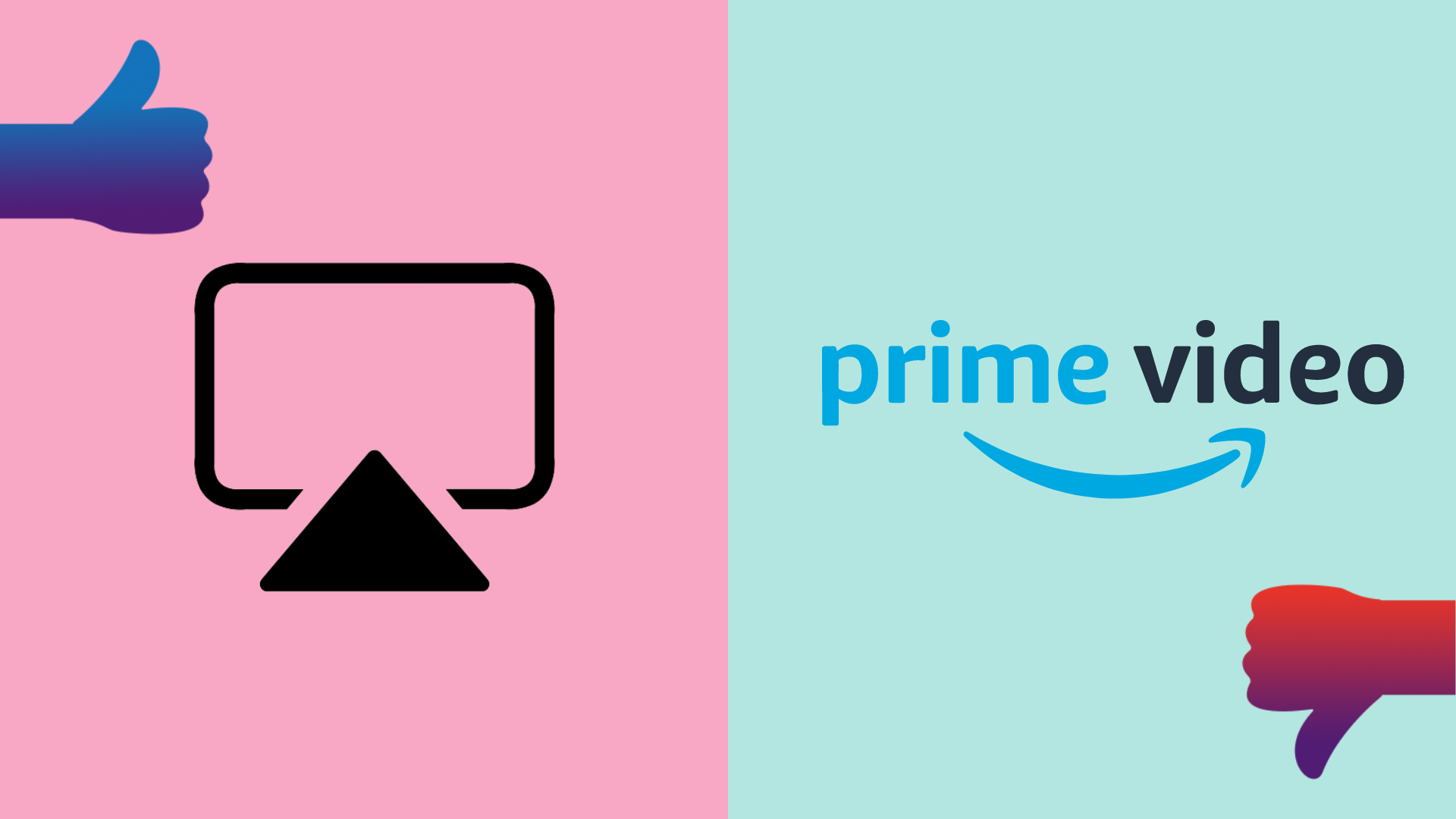Fast Charge: There should only be one iPhone 14

OPINION: This week we’ve seen a fresh batch of ‘leaks’ appear about both the new iPhone 14 and Pixel 7 lines of phones, which are both expected to appear within the next 6 months.
These included a new posting on eBay claiming to be for a prototype of the hotly anticipated Pixel 7, which isn’t expected to actually launch until October, based on Google’s typical release cycle and more rumblings about the iPhone 14’s specs than I care to detail.
But for me the only article about either phone that really stood out wasn’t a leak, it was a sales report from Consumer Intelligence Research Partners (CIRP) about the iPhone 13. Sales reports are never the most grabbing item in most consumer review sites’ list of priorities but for me, this one was important as it proved clear evidence for an issue I’ve been having with Apple, and to a large extent Google’s, phone strategies.
The stat that stood out was that, despite the report suggesting the iPhone 13 family is selling great, the mini variant was struggling. Specifically it reported that while the standard iPhone 13 accounted for 38% of total smartphone sales during this year’s first quarter, the iPhone 13 mini only demanded a 3% share.
There are a multitude of ways to interpret why this is the case, but for me the answer’s simple: Apple’s making too many phones.
I first started thinking about this last year while having a drink with a friend just after the launch of the iPhone 13 line. During it they, having held onto an iPhone 7 far longer than they should, asked me which new iPhone they should get. This led to a rabbit hole conversation where I had to explain the difference between the Pro, Max, Mini and SE in great detail. The bemused look on their face at the end and ongoing confusion at how exactly the SE and Mini are different made clear, at the moment Apple’s paralyzing people with choice.

As it stands, if you factor in all the iPhone 13 variants and the fact it’s still selling older models in its store at a reduced price, there’s too much overlap in the firm’s current library. Back in the day the choice was simple, you bought that year’s iPhone or waited another year. These days you have to navigate whether you want the latest generation, or to opt for last year’s model at a reduced price.
Even if you’re set that you want a small phone, you also then have to figure out if it’s the SE or Mini that’s better for you – something that’s difficult for people that don’t really care or keep track of tech as Apple’s Store pages make them sound very like-for-like. Simply put it’s all very confusing, which is why I’m not surprised many people are ignoring the Mini.
The worst part is that I can see Google going down a similar path with Pixel with the appearance of the new Pixel 6a. As we noted before, the Pixel 6a to a large degree overlaps with the base Pixel 6, making the device feel like it’s been made redundant after just half a year on the market. With the Pixel 7 also already teased at Google I/O 2022 mere weeks ago this only adds to the confusion making it difficult for an average buyer to know what phone they should get.
I can’t help but think that in today’s age, where most sales data suggests people are waiting longer to upgrade their phones, companies like Apple and Google would be better off simplifying their offering, making it easier for consumers to know which phone they should get when they finally decide to upgrade.
Though I can’t see this happening anytime soon, it’s also the main reason why I wholeheartedly believe in this article’s headline and would happily argue there should only be one iPhone 14 and Pixel 7.








